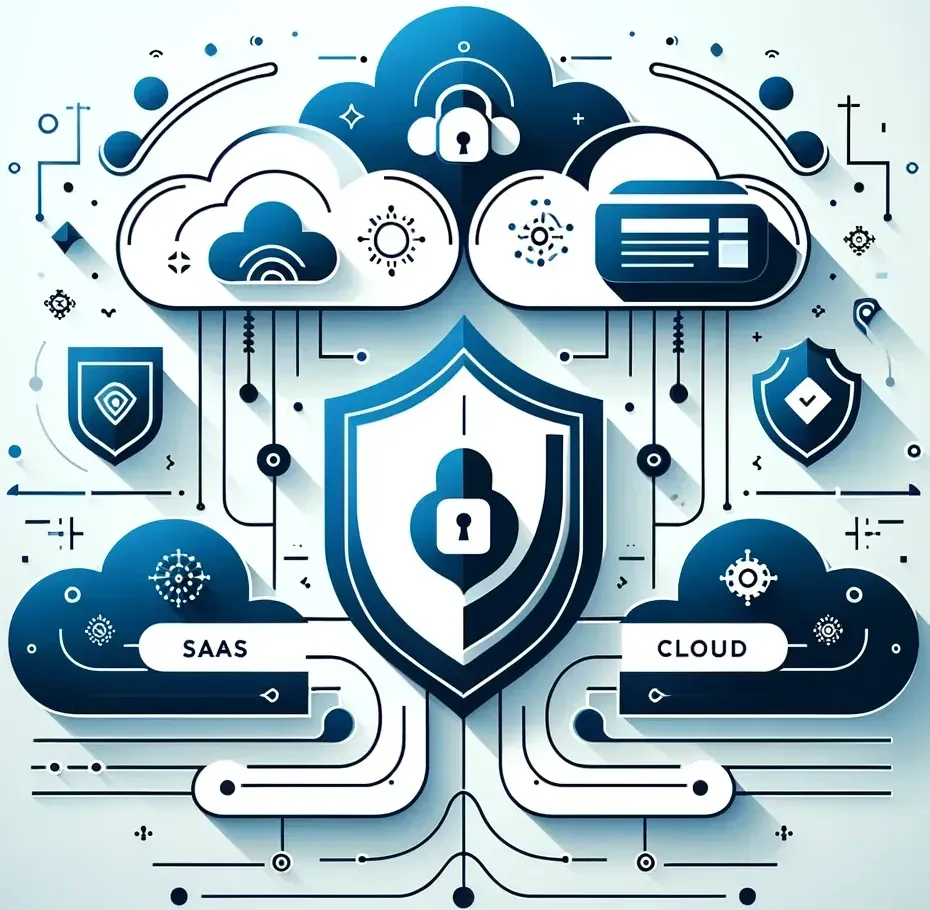The second post in our SaaS Security series explores launching your program for comprehensive data and resource protection across your SaaS ecosystem. If you missed the introductory piece, check it out here. Now, lets get started!
Preparation Steps
SaaS Application Scope
Determine the SaaS applications essential for your business and those that are optional at the beginning and can be dealt later (prioritization and having a clear scope is key). Identify the necessary improvement goals, such as Misconfiguration Management, SaaS-to-SaaS connections, Identity & Access Management, and Data Leakage Prevention.
Cost Consideration
Decide on a preferred pricing strategy (per application, per user, annual payment or multi-year agreement) and estimate your numbers. SSPM solutions are often subscription based - this needs to be reflected in your security budget.
Integration into Existing Systems
Assess the required integration needs with your current IT and security systems, including ticketing systems, monitoring tools, the Security Operations Center, and overall vulnerability management. Like every security solution, proper integration into the existing ecosystem is essential for efficient operations and helps avoid higher operational costs at a later stage.
Market Evaluation
Analyze and evaluate the key factors for your decision making process and initiate Proof of Concepts (PoCs) with leading market solutions like Adaptive Shield, AppOmni, Obsidian. When talking to vendors, avoid confusion with CSPM or CNAPP solutions.
Governance Framework
Check if your organization has a governance framework for SaaS consumption and onboarding, including principles, policies, and controls. If it is absent, develop this as part of the SSPM operationalization. The sustainable operation of the SSPM framework is only possible when it is embedded into an overarching cloud governance strategy. This strategy should cover not only security aspects but also technology, regulatory, and compliance needs, while fully understanding the business roadmap.
Asset Management and Ownership
Verify the existence of an inventory detailing used SaaS applications, ownership, data types processed, and other relevant details. Leverage CASB capabilities for cross-checking existing inventories against actual SaaS usage, noting potential discrepancies.
Operationalization & Remediation
There are some key success factors for the operationalization of the SSPM program and the subsequent remediation of findings.
Defining Roles and Responsibilities
Securing commitment from both your IT team and SaaS Owners (whether they're technical or business-focused) is essential. This involves raising awareness and managing stakeholder engagement.
- IT Team: Crucial for core tasks such as integrating Identity Providers (IdP), enabling Single Sign-On, and implementing SCIM (System for Cross-domain Identity Management) for user provisioning to ensure secure access to cloud applications
- SaaS Owner: Vital for addressing issues within the SaaS application through negotiations with the provider, discussing the significance and details of findings, etc.
Prioritizing Remediation Efforts
SSPM outputs can be overwhelming. Prioritize addressing issues that require immediate attention, such as automated user provisioning, Multi-Factor Authentication for critical accounts, and reducing excessive privileges. Defer other issues based on your risk tolerance. Utilize ticketing systems to document the progress of remediation efforts and any necessary exceptions.
Tracking Metrics for Success
Establishing and monitoring key metrics is crucial for the SSPM program's success and continuous improvement. Implement strategic metrics with a risk-based perspective (e.g., identifying areas needing remediation, affected business sectors, onboarding coverage, and progress on addressing significant findings) alongside operational metrics detailing specific findings and onboarding status
Keep an eye out for our final article on elevating your Third-Party Management through the integration of SSPM and practical tips for effectively implementing SSPM within your organization.
Legal Notice - Impressum
Christian Ulmer
CySafe GmbH
Gewerbestrasse 10
Switzerland - 6330 Cham
UID: CHE-264.758.603

